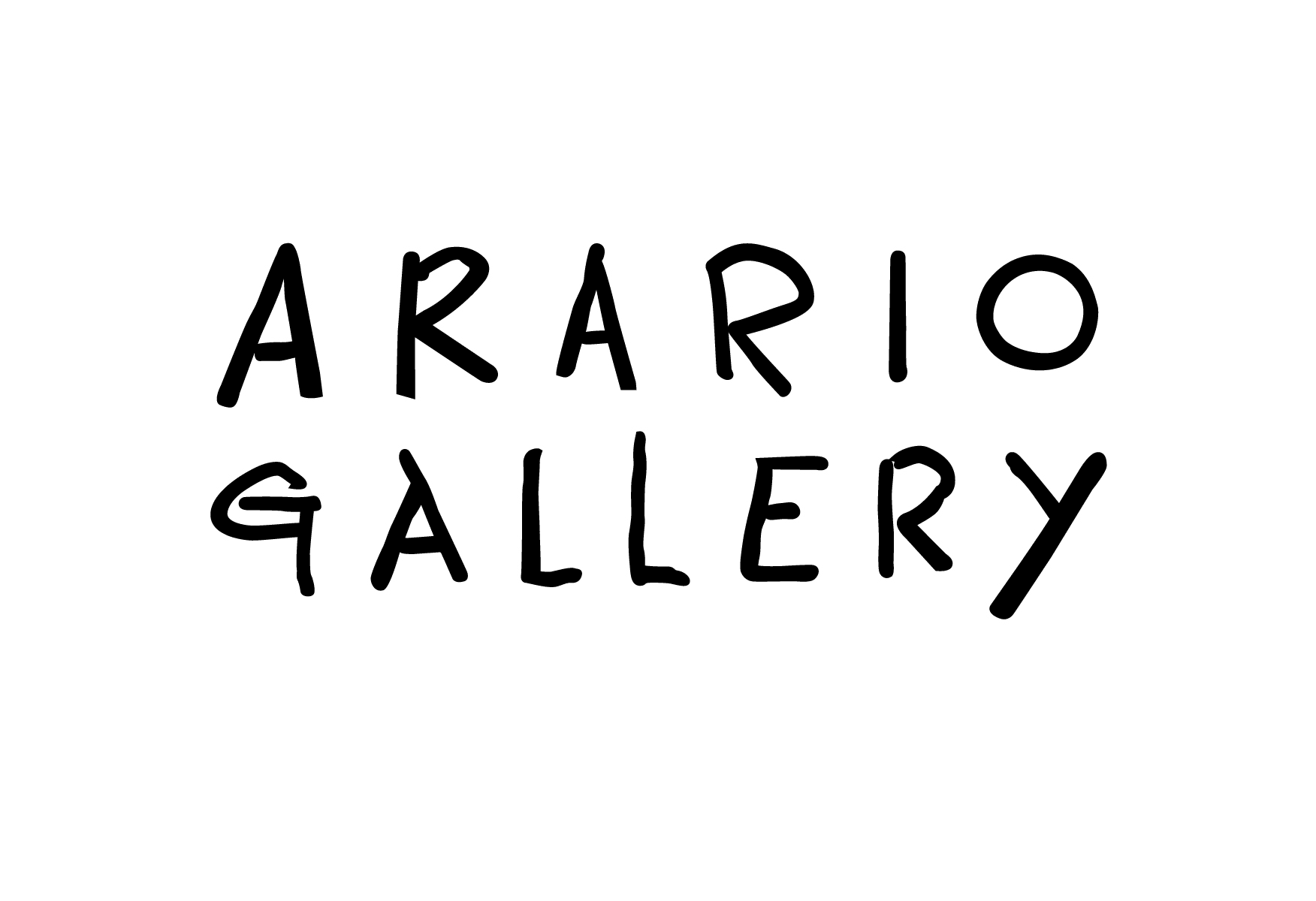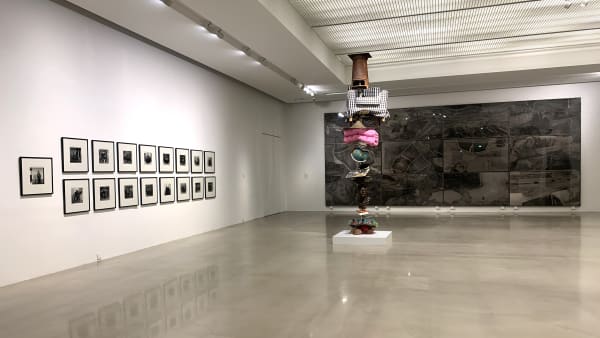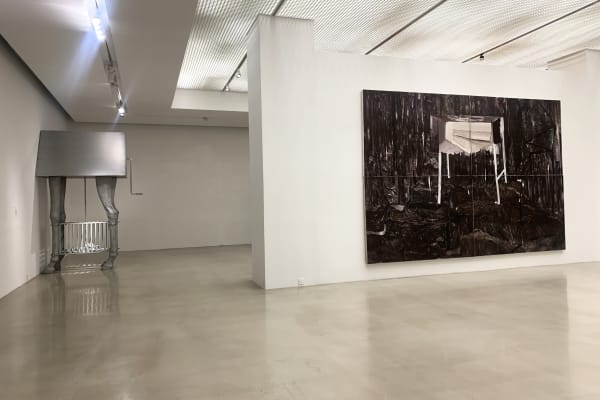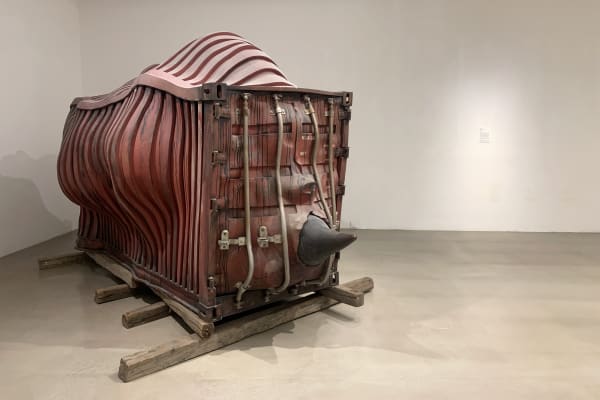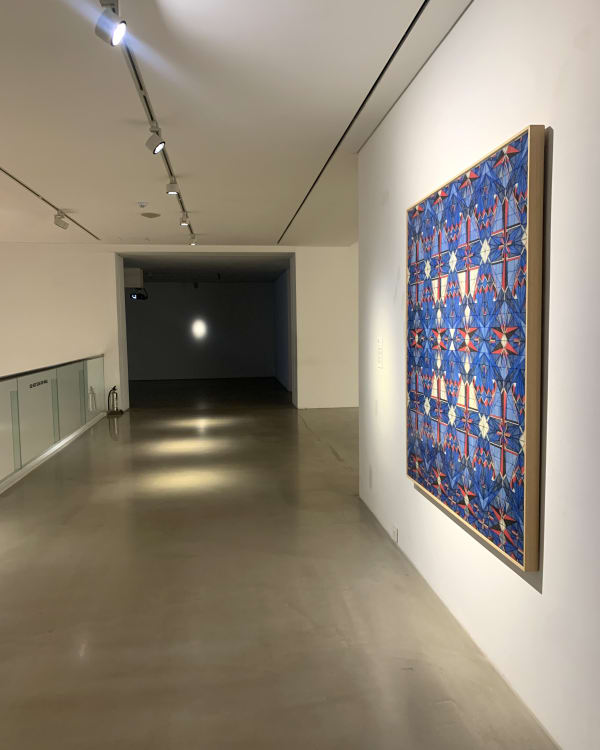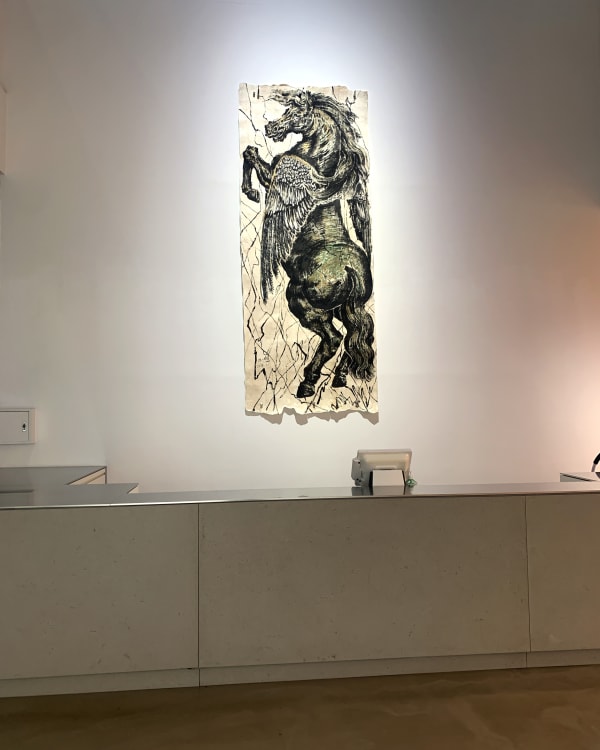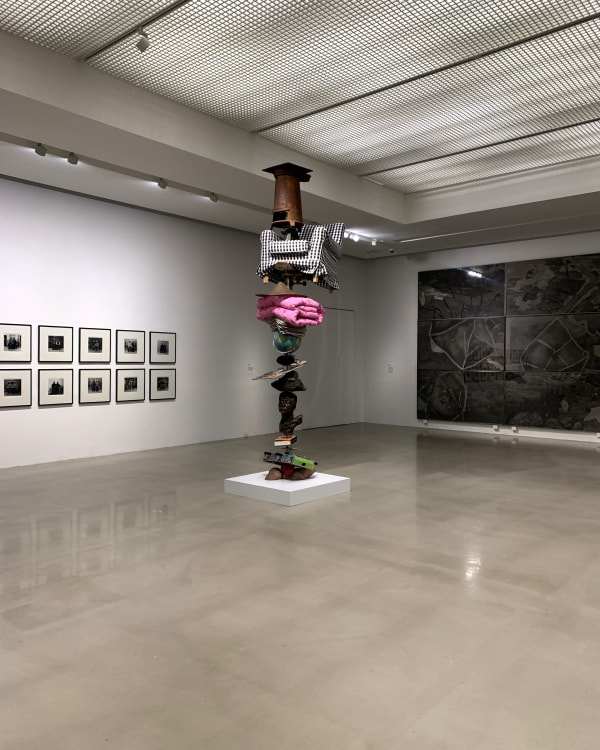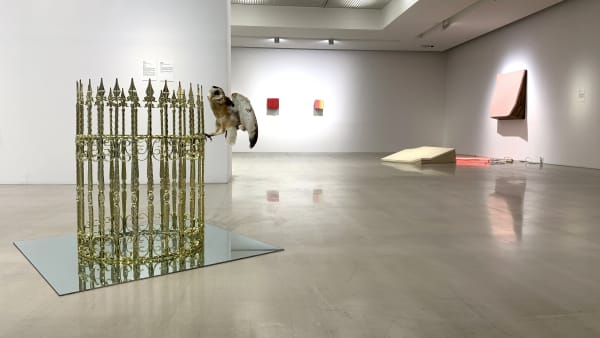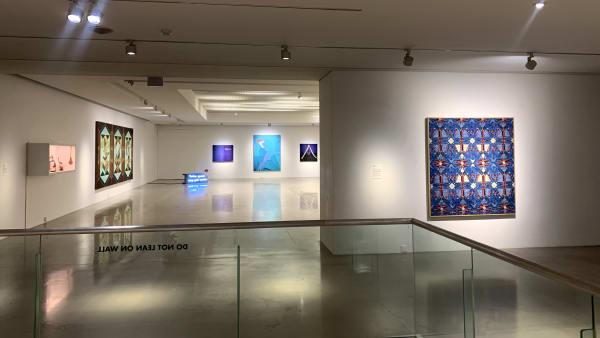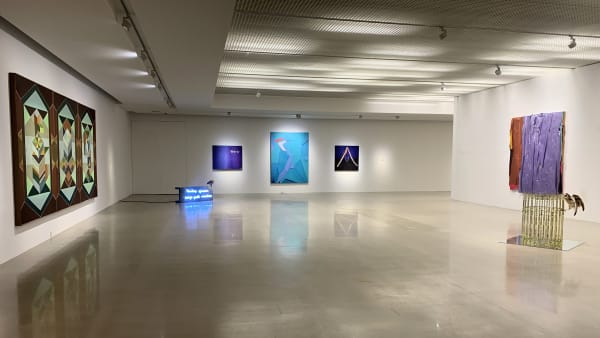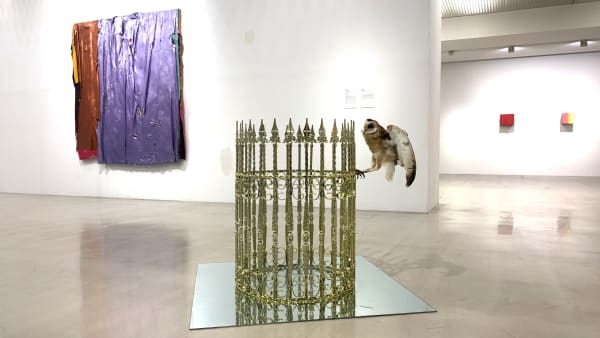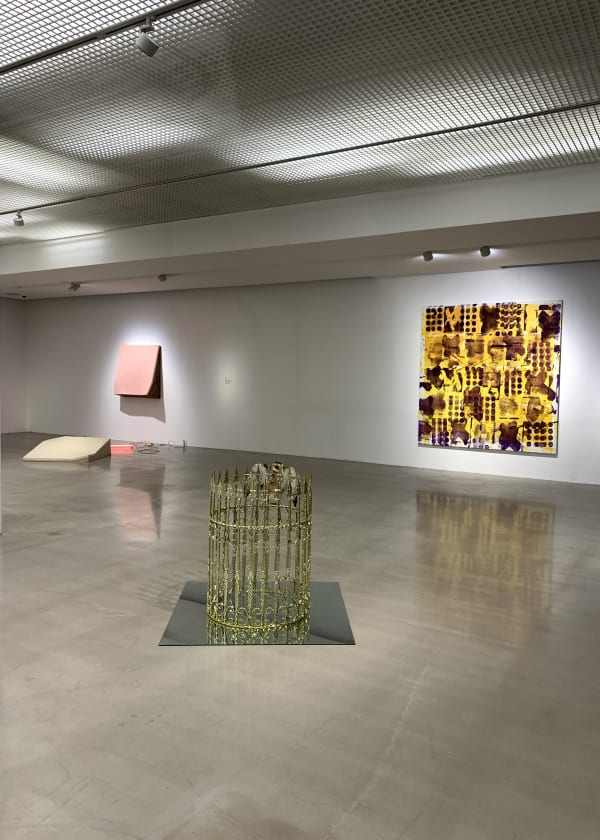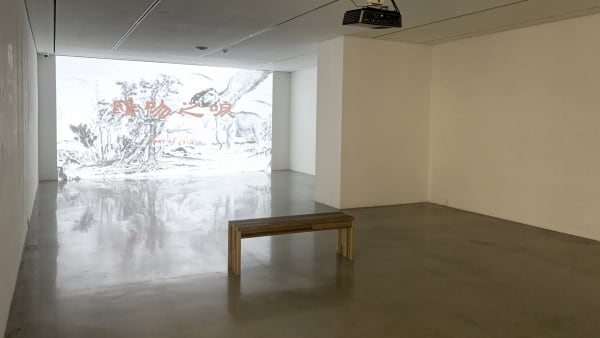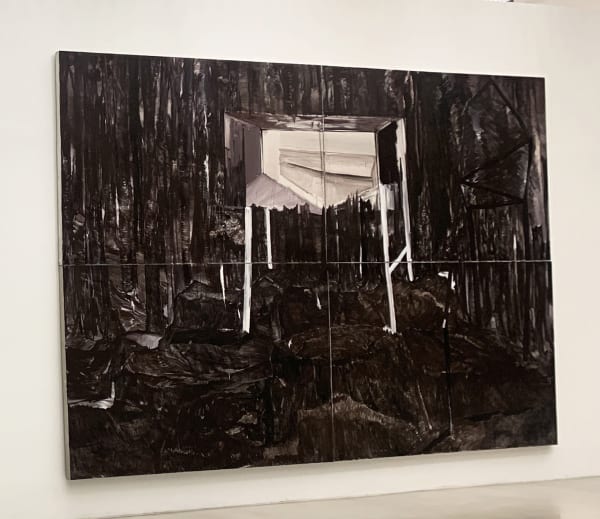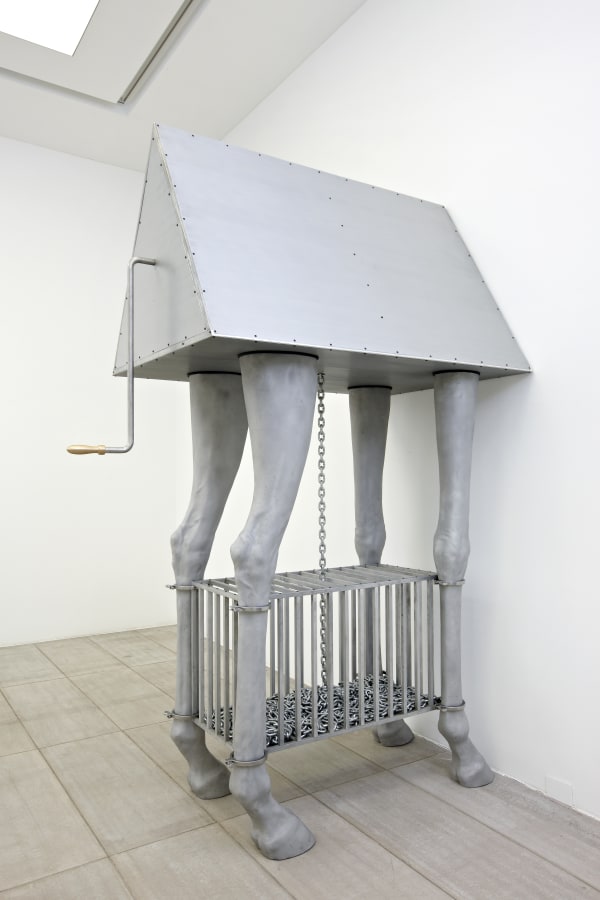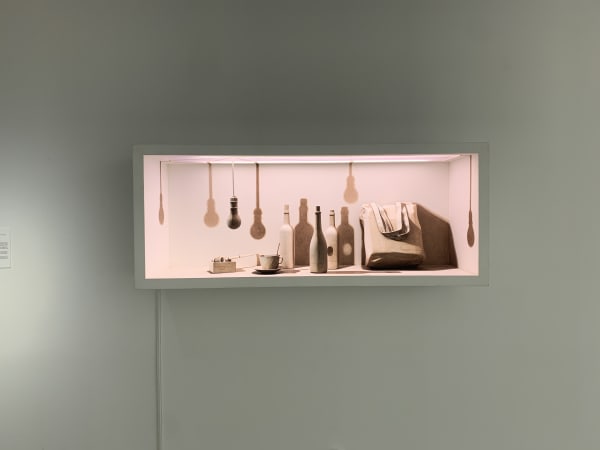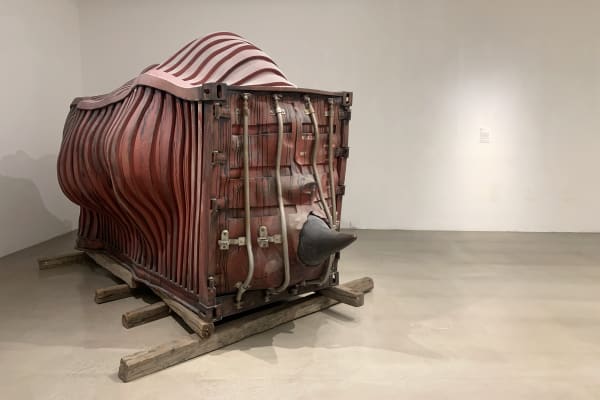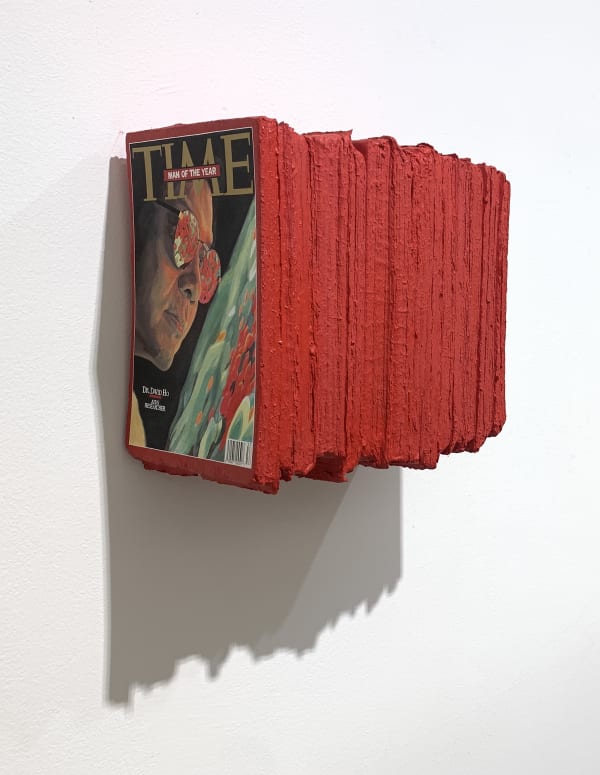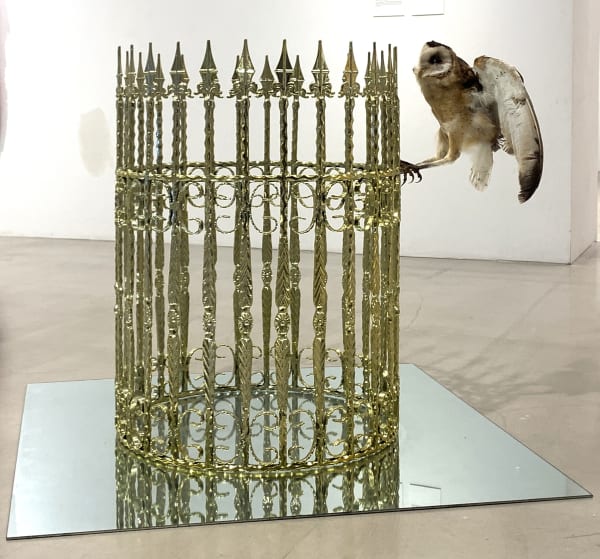A Strong Wind in Beijing
A Strong Wind in Beijing is a special exhibition illuminating the social, political and cultural change taking place in China from the year 2000, and the diverse aspects of contemporary art acting in accordance to these changes. Arario Gallery will present approximately fifty works by over twenty contemporary Chinese artists from a generation that did not directly experience the radical social change brought about by movements such as the economic reform or Cultural Revolution in the 1980's and 90's. The exhibition will highlight how, in the flow of the change of dynamic in international relations and newly recognizing the identity of China as a nation and a nationality, artists' attitudes have changed.
A Strong Wind in Beijing is derived from Chinese filmmaker Ju Anqi's (b.1975) work title There's a Strong Wind in Beijing. The work was conceived in the 2000s where China went through a drastic urbanization, internationalization and commercial industrialization. During this period, the artists lived in a social surroundings that made possible of discovering a new found self-identity as an individual, whereas the previous generation was heavily influenced by resistance and liberation movement in the process of modernization. By practicing individual freedom and independent way of life, artists in that period were able to grow out of radically provocative and political way of artistic expression, thus, manifested in more indifferent and objective point of view. Rather than trying to overturn the deep-rooted totalitarianism and socialism of the past, such as strict social surveillance or government censorship, they accepted the history and tried to understand art in context of individuality and subjectivity, which often times resulted in an ambivalent attitude. 'A strong wind in Beijing', therefore, signifies not only the arrival of new generation, and also a new perspective to comprehend-a newly awakened sense of reality.
The exhibition A Strong Wind in Beijing was put together to try and draw a map of the changing trends in Asian art by shedding light on the current of Chinese contemporary art over the past 20 years, a subject that has not been actively broached. This endeavor will open a window of possibility to view the latest movements of Chinese artists today whose abundant and complex diversity coexists in the context of dramatically changing Asian contemporary art.
